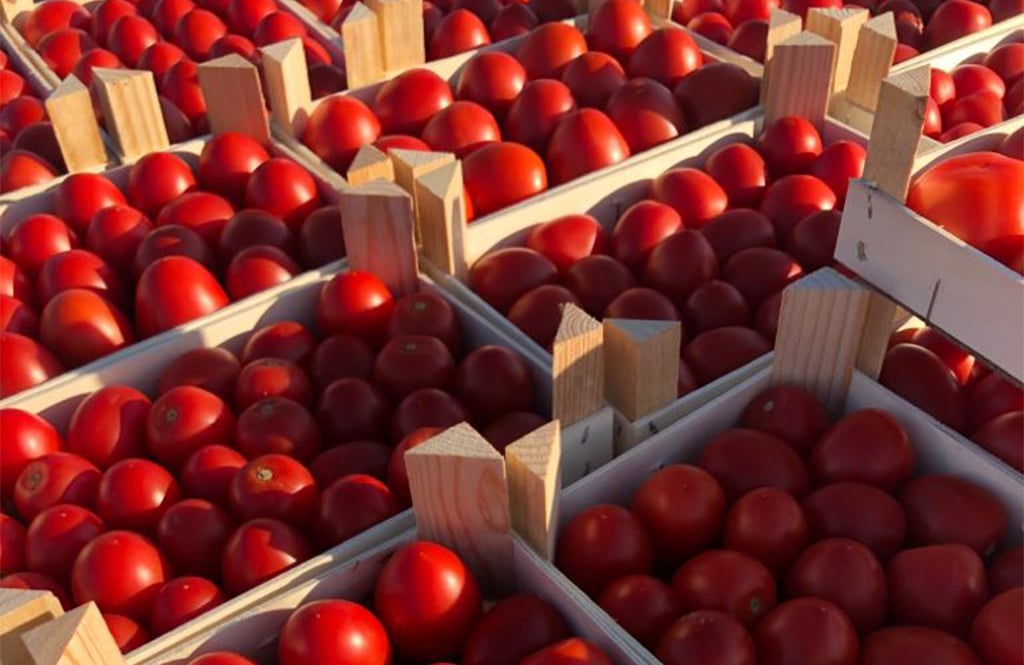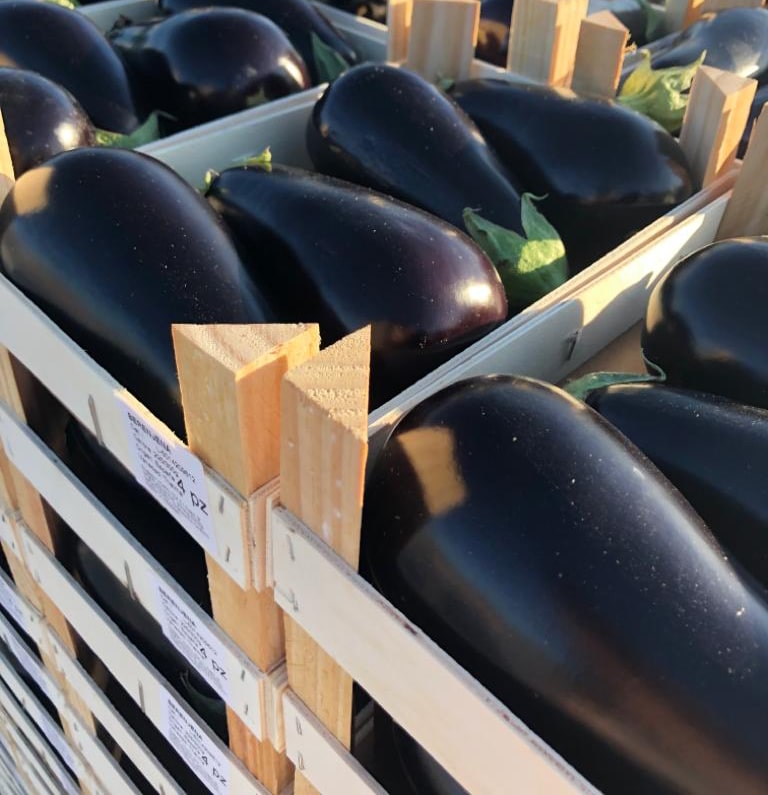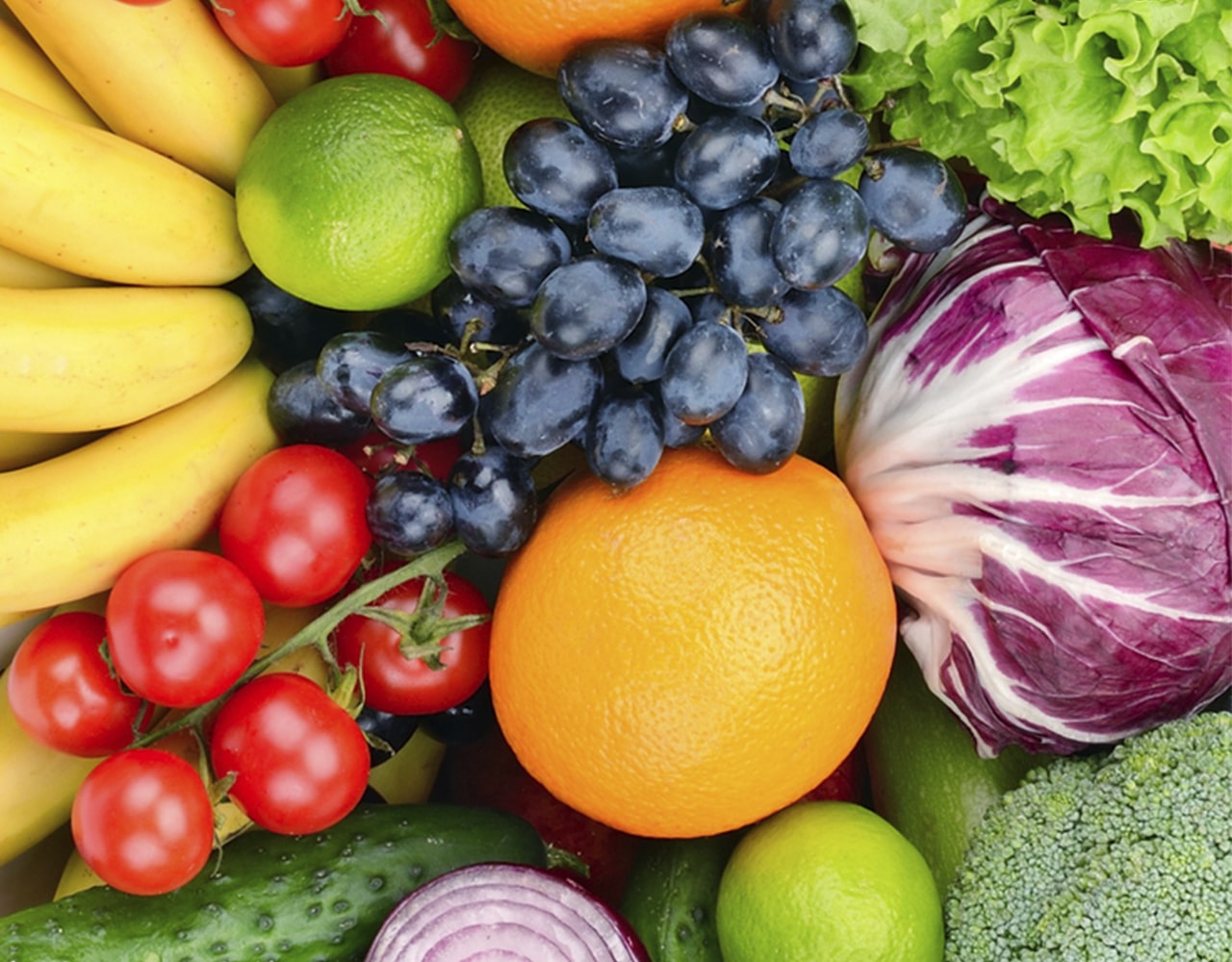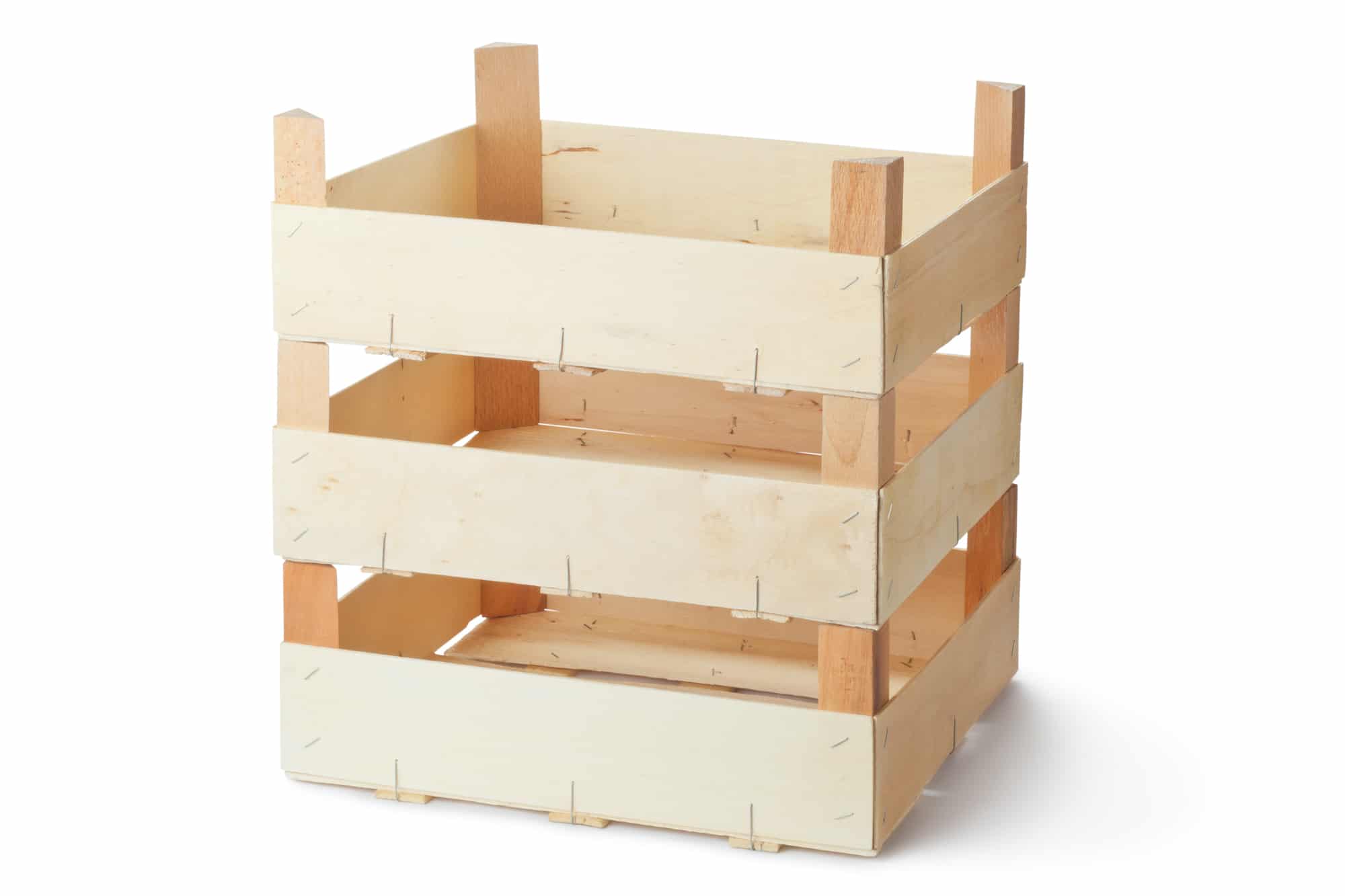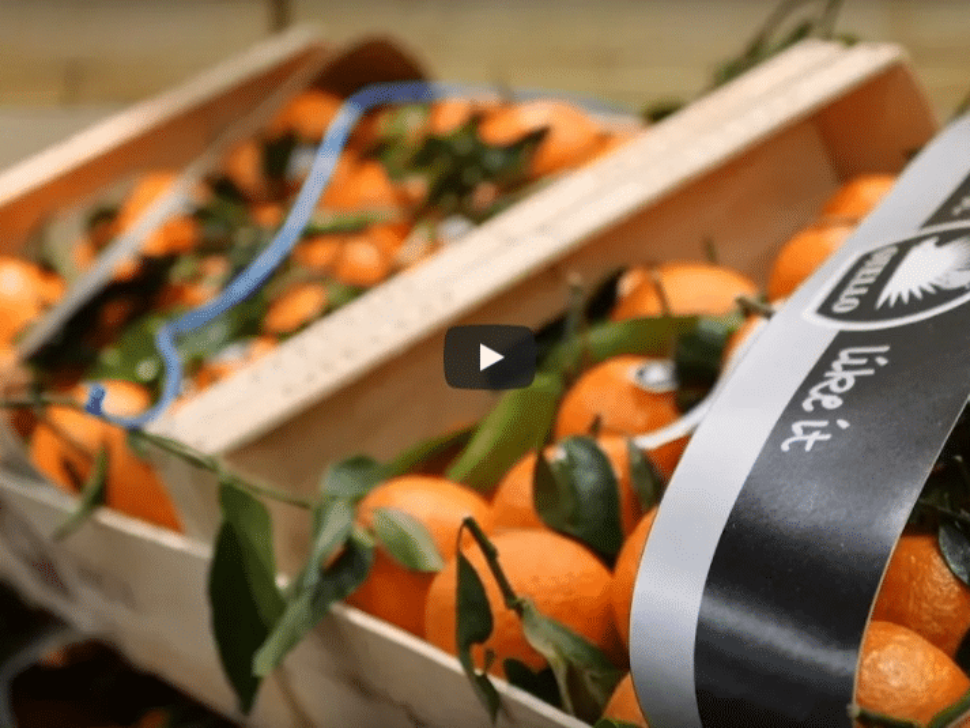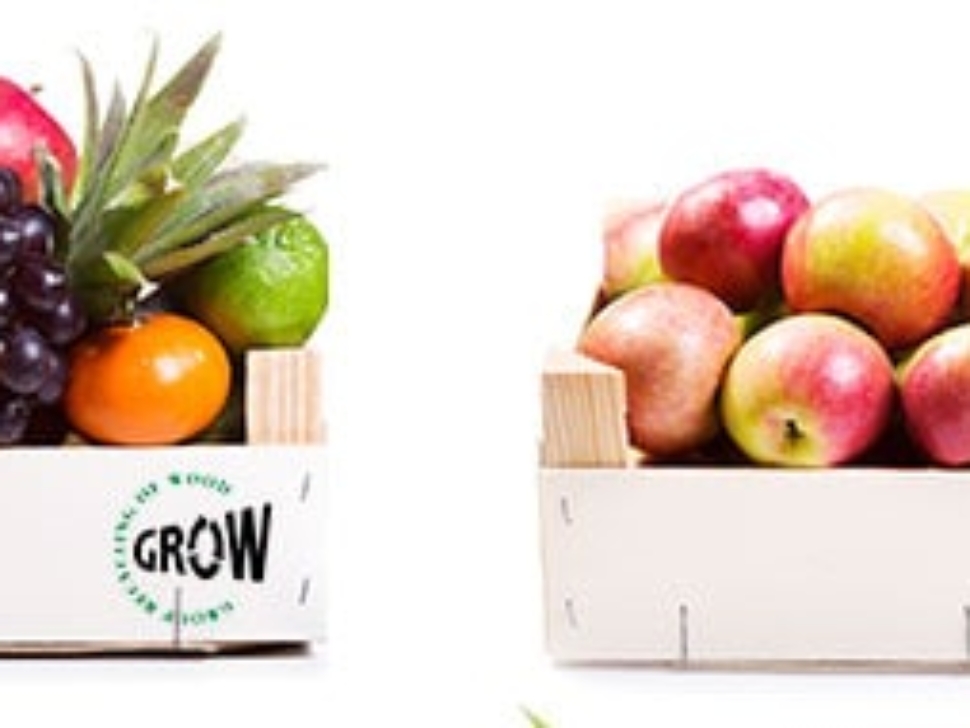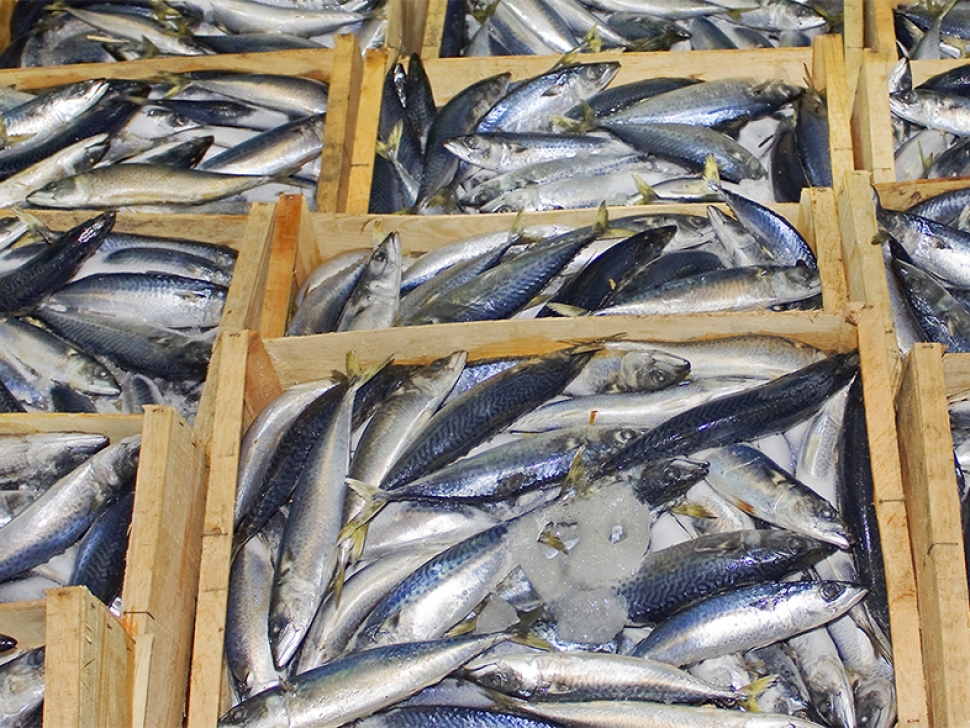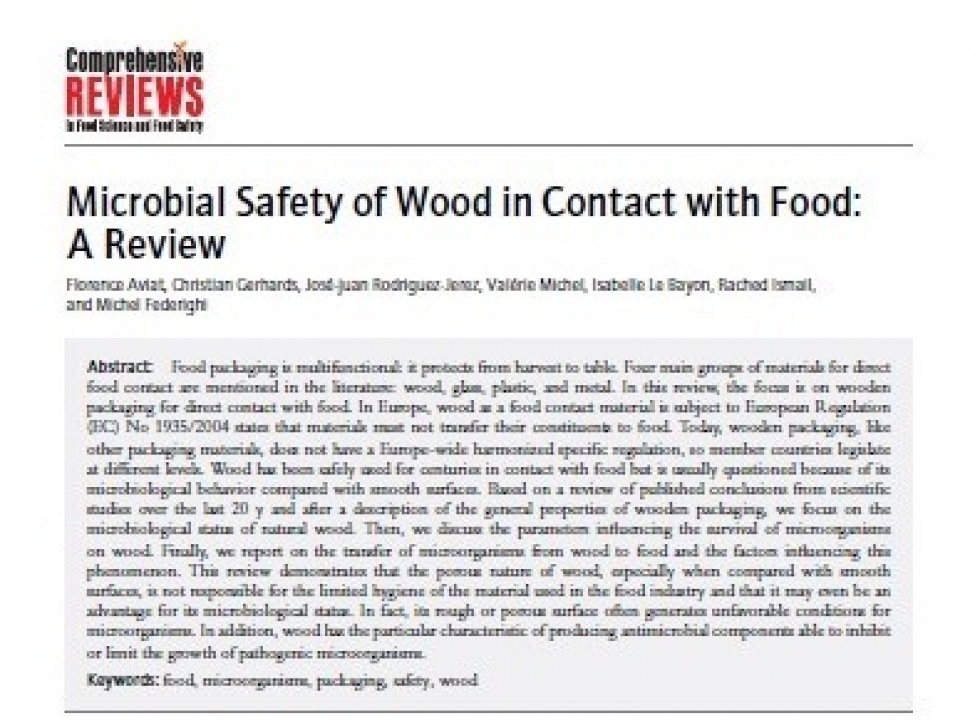Wood has traditionally been used to prepare, package, preserve, present, store and transport food -fruit and vegetables, fish and seafood, wine and spirits, oil,cheese and dairy products, meat and sausages, bread and confectionery, nuts and dried fruit, etc.- coming directly or indirectly into contact with the produce.
Wood is highly suitable to be used in direct contact with food and this is demonstrated by the fact that it is not only used for containers and packaging, but also for other commonly used items: chopping boards and countertops, kitchen utensils and household items, skewers, chopsticks and cocktail sticks, ice lolly sticks,wine barrels, etc.
All this is the result of combining a good fine raw material that is harmless,found in nature and is sustainable, with the commitment of the woodtransforming sector to health legislation and protecting the health of consumers by manufacturing useful and safe products.
Scientific Evidences
The porous nature of wood is not a limitation as far as hygiene is concerned, and wood even has the particular characteristic of containing antibacterial inhibitors of pathogens.
You can get evidence of that in the prestigious scientific journal of the Institute of Food Technologists in Chicago (USA), “Comprehensive Reviews in Food Science and Food Safety” in its article titled: “Microbial Safety of Wood in Contact with Food: A Review”
Besides, recent research carried out in France and Spain confirms once again the antibacterial properties of wood from black poplar and pine trees, and harmless migration of natural volatile compounds.
That is shown in the conclusions of vast research carried out by the French consortium “EMABOIS” led by F. Aviat and M. Federighi, has given rise to various doctorate theses and scientific articles.
Microbiology conclusions reached by EMABois are also in line with the work on fish crates that was carried out in Spain by José Juan Rodríguez Jerez from the Faculty of Veterinary Medicine of Barcelona.











